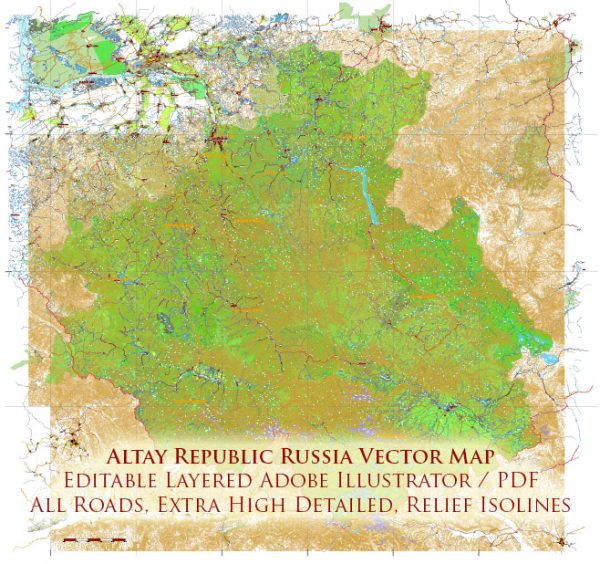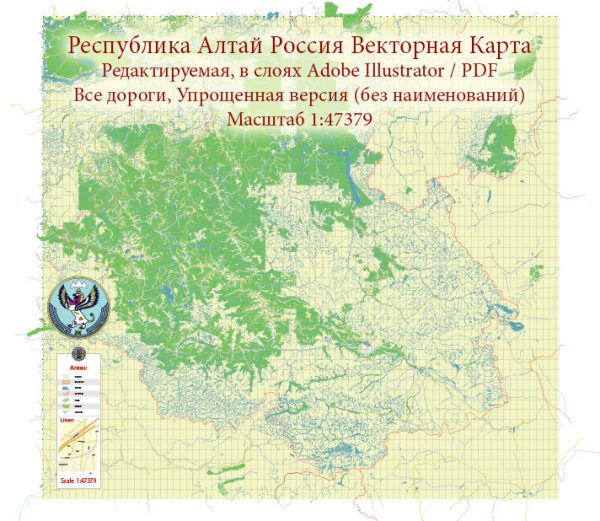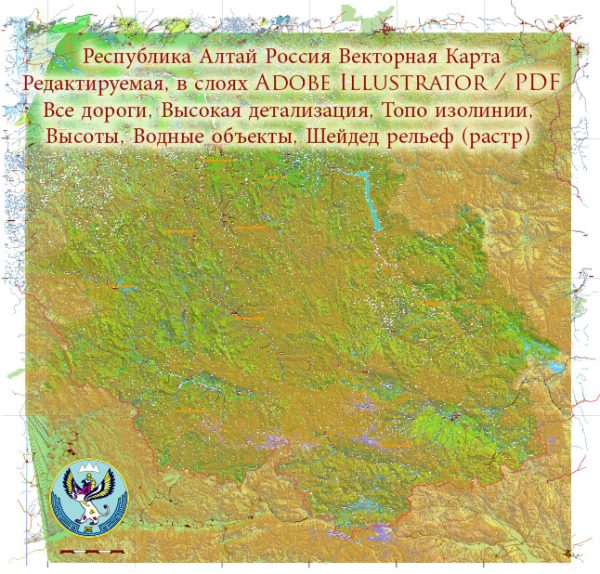The Altai Republic is a federal subject of Russia located in the southern part of Siberia, in the Altai Mountains region. Its history of urban development is closely tied to the region’s geography, culture, and historical events. Here is a brief overview of the history of urban development in the Altay Republic:
- Indigenous Peoples: The Altai Republic has a rich history of indigenous peoples, including the Altaians, Telengits, and others who have inhabited the region for centuries. They led a nomadic lifestyle and established temporary settlements in the region.
- Russian Expansion: The Russian Empire expanded into the Altai region in the 18th and 19th centuries, leading to the establishment of Russian settlements. The city of Barnaul, which is now located just outside the Altai Republic’s borders, played a crucial role in the region’s development as a trading and administrative center.
- Development of Towns: During the 19th century, several towns and settlements were established in the Altai Mountains, including Gorno-Altaysk, which later became the capital of the Altai Republic. These towns primarily served as administrative and trade centers.
- Soviet Era: The Altai Republic, like many other regions in the Soviet Union, saw the development of infrastructure and industrialization during the early and mid-20th century. Gorno-Altaysk continued to grow and develop as the administrative center of the region.
- Contemporary Development: In the post-Soviet era, the Altai Republic has faced economic challenges and a transition to a market economy. The region has focused on developing its tourism industry, promoting its natural beauty, and preserving its unique culture and traditions. Gorno-Altaysk has expanded and modernized, while smaller towns and villages have faced depopulation.
- Nature Conservation: The Altai Republic is known for its stunning natural landscapes, including national parks, protected areas, and UNESCO World Heritage Sites. The government has worked to balance economic development with nature conservation, aiming to preserve the unique environment of the Altai Mountains.
- Cultural Heritage: The Altai Republic is also home to diverse ethnic groups with their own traditions and languages. Efforts have been made to promote and preserve the cultural heritage of these indigenous peoples, including the Altaians and Telengits.
Overall, the urban development in the Altai Republic has been influenced by its geographical location, historical context, and the balance between modernization and the preservation of its natural and cultural heritage. The capital, Gorno-Altaysk, remains the administrative and cultural center of the region, while smaller towns and villages reflect the challenges and opportunities faced by this remote and beautiful part of Russia.




 Author: Kirill Shrayber, Ph.D.
Author: Kirill Shrayber, Ph.D.